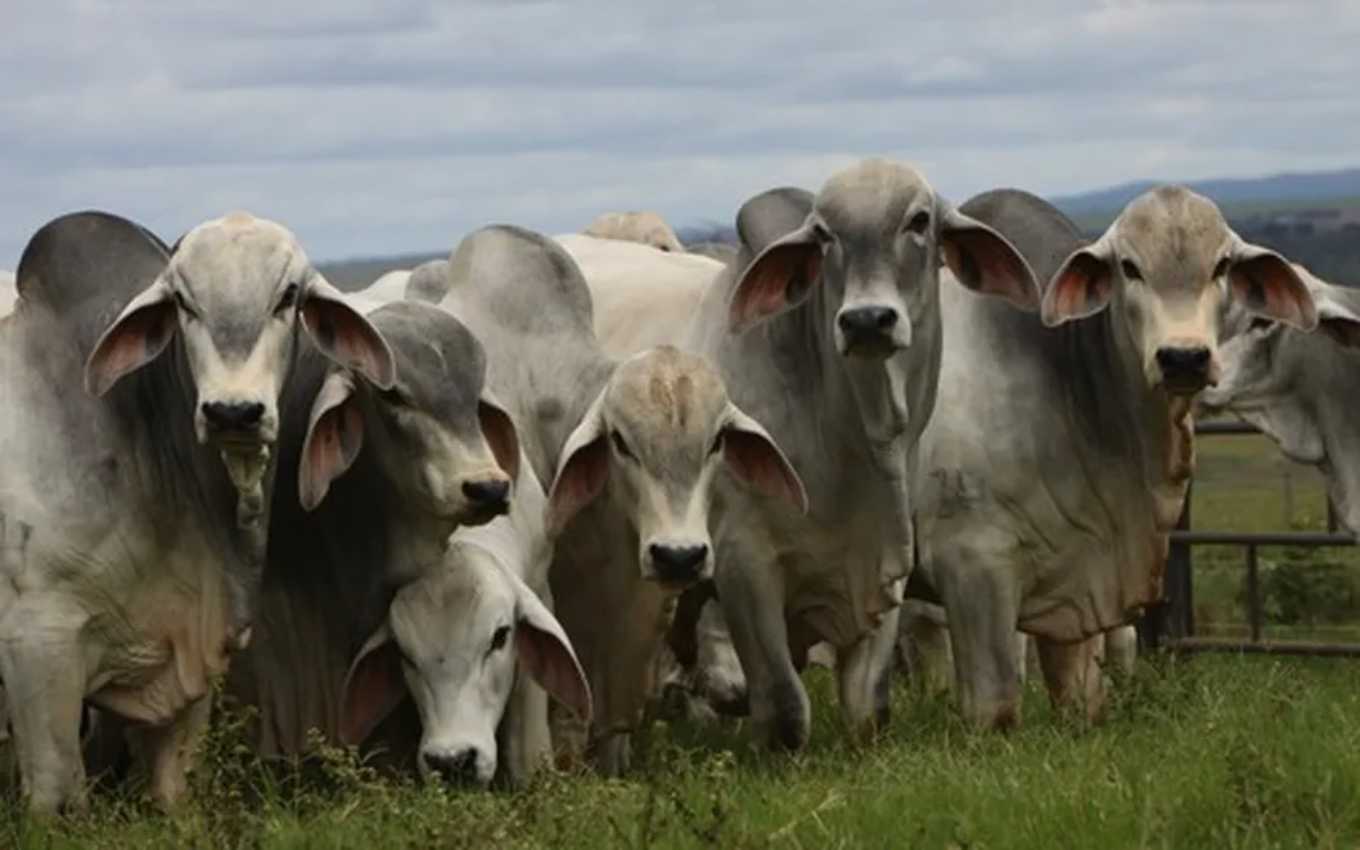Researcher from the Biological Institute explains transmission and disease presentation
The hospitalization of a 78-year-old man in Caratinga, Minas Gerais, with symptoms resembling Mad Cow Disease, which is associated with consuming meat and by-products from cattle infected with Bovine Spongiform Encephalopathy (BSE), has raised concerns in the state.
On Tuesday (12), although the Minas Gerais State Health Department (SES-MG) ruled out a new outbreak of the disease after tests on the patient, several questions about Mad Cow Disease gained attention online: What is this disease? What are its characteristics and symptoms? Can humans be infected?
Veterinarian Claudia Del Fava, a scientific researcher at the Biological Institute (IB-APTA) of the São Paulo State Department of Agriculture and Supply, answers these questions:
What is Mad Cow Disease?
Bovine Spongiform Encephalopathy (BSE), commonly known as Mad Cow Disease, is a transmissible disease of the nervous system in adult cattle (Bos taurus and Bos indicus), caused by the accumulation of an abnormal protein called “prion” in the nervous tissue. It was first discovered in the United Kingdom in 1986 and quickly detected in other countries.
Can BSE be transmitted to humans?
BSE is considered a zoonotic disease due to its suspected connection with the emergence of variant Creutzfeldt-Jakob Disease (vCJD) in humans. vCJD is extremely rare but is a severe and often fatal condition. Symptoms include memory loss, behavioral changes, and problems with motor and sensory functions, according to the expert.
Is BSE always dangerous?
There are two forms of the disease, as Claudia explains:
- Atypical BSE (Types H and L) – This occurs spontaneously in cattle populations and is not related to the consumption of prion-contaminated food. There is no evidence to suggest that atypical BSE can be transmitted through contaminated food. However, precautionary protocols to manage the risk of exposure to atypical prions in the food chain continue to be recommended.
- Classical BSE (Type C) – This form is transmitted through cattle feed containing infected meat and bone meal derived from BSE-prion-infected cattle or other animals. While classical BSE posed a significant threat in the 1990s, its occurrence has dramatically decreased in recent years due to the implementation of effective control measures, making it now extremely rare.
The World Organisation for Animal Health (WOAH) imposed sanitary measures requiring member countries to implement programs to combat the disease, resulting in a global decline in classical BSE cases. Currently, the incidence of both forms of BSE is considered negligible, with almost zero cases per million cattle.
How is BSE transmitted?
Regarding BSE transmission, studies show that cattle are typically infected by ingesting prion-contaminated food during the first year of life. The risk of contamination occurs if the feed contains animal-derived products, such as meat and bone meal, which are protein products obtained by processing parts of animal carcasses, including cattle and small ruminants, that are not intended for human consumption.
Because the infectious prion is resistant to standard commercial inactivation processes (such as heat), it cannot be destroyed during the processing of animal by-products.
The incidence of BSE was much higher in dairy cattle than in beef cattle because dairy herds are often fed concentrated rations that, before the introduction of stricter controls, contained meat and bone meal. There is no evidence of direct transmission between animals (horizontal transmission), and only limited data suggest the disease may be transmitted from mother to offspring (vertical transmission).
News source: Globo Brazil





